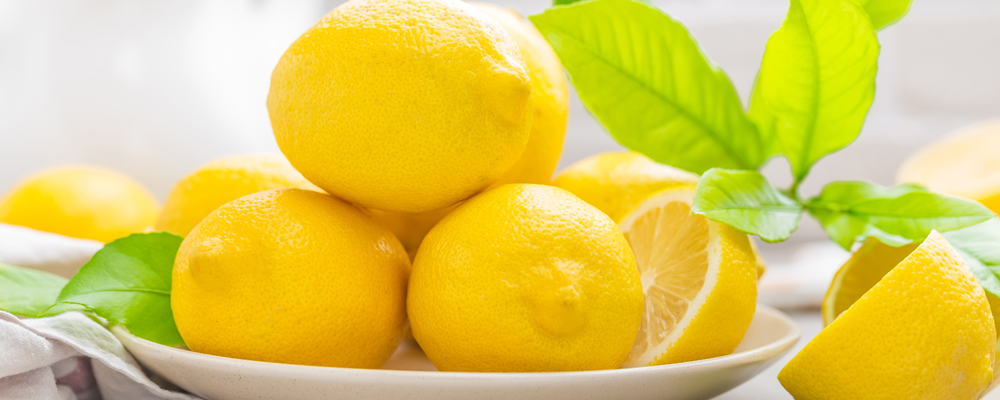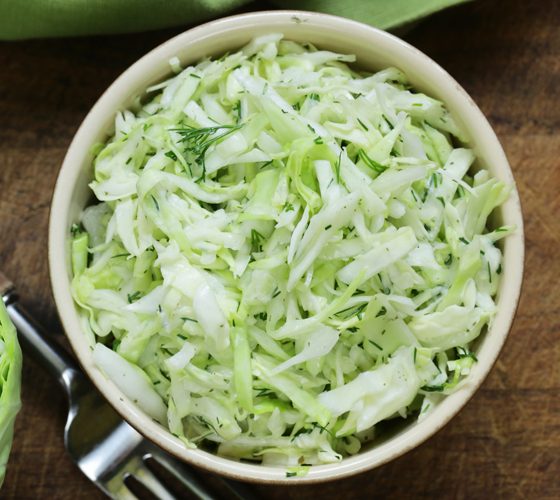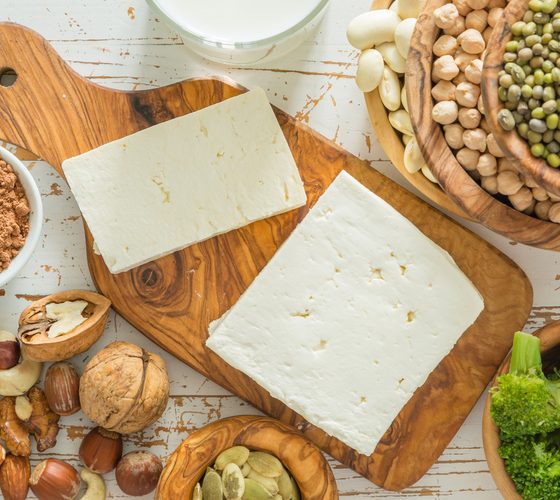A lime might not look like much due to its small size and anonymous green peel. But the truth is that this citrus fruit can be incredibly useful in the kitchen, and it can change the entire flavor profile of the food you are cooking. Countries like Mexico are known for putting lime on almost everything. There is a reason for this; the ability to add a little kick to any dish. Limes are also a great source of vitamin B9 and vitamin C, just like its closely related cousin, the lemon, but before you start using these in your cooking – you need to know how to store lemons and lime, and how to keep lemons fresh in the refrigerator.
Preparing Your Limes for Storage
Let’s dive right in! When you come home from your weekly grocery shopping with your lemons and limes ready to be put away, you will first want to remove them from the plastic bag or any other type of bag you brought them home in. Make it a habit to wash your limes (don’t forget to wash your hands first) with water before you store them away.
This process is a great way to prevent any germs from spreading, and also from avoiding putting unnecessary dirt or bacteria inside your refrigerator. Some people like to use the lime or lemon peel for baking and similar, and if that is something you might consider doing – washing your limes and fruit with water becomes even more critical.
It might seem like a good idea, but you don’t want to use any soap or soapy water when you wash your limes, as soap can easily leave a residue that has no place anywhere near food that will eventually go into our mouths. Stick to water. Also, if you want to store your limes in a bag, make sure you don’t put them back in the back you brought home from the store (as it will defeat the purpose of having washed them) and instead opt for using a clean bag like the Party Bargains Plastic Unprinted Produce Bag, for example.
How to Store Lemons and Lime
It is recommended that you keep your lime and lemons in the refrigerator, just like you would most fruit, and there are several reasons for this. Room temperature seems to speed up the process of the lime drying out, and nobody wants to cut into what they thought was a fresh lime, only to find that there is not a drop of lime juice left in there. When you store something in room temperature, such as on the kitchen counter, you also expose the food item to exterior elements, such as dirt, dust, pet hair, accidentally falling on the floor and more, and this in combination with your limes losing their moist a lot faster sends a clear message. In essence, limes are not to be stored in room temperature.
Tips to Preserve Lemon and Lime
Alright, so now that we have established that limes and lemons should be stored inside the refrigerator, just like most other fruit, it is time to have a look at how you can find the best place to store in there. Should you put your limes and lemons in a plastic bag, or leave them in the drawer at the bottom of the fridge? Knowing how to preserve lemon and lime is key to making them last (much) longer, and testing shows that they get to keep their juiciness for longer when both kept in the right temperature, but also when wrapped in plastic.
Make sure you keep a product like the Qinline Reusable Storage Bag at home.
This is so that you always have clean plastic bags to use for your fresh fruit and veggies, and make sure the bag is closed when you leave it in there. This way, you get juicy lime for much longer than you would have if you would have left them outside the refrigerator, or without the plastic (don’t forget to close the bag).
How Long Do Lemons Last?
To keep lime and lemons fresh, you don’t have to do much more than to store them properly – in the right place, at the right temperature, and you need to keep a close eye on your lemons. Storing them in the right place will keep your limes and lemons fresh for about four weeks, but this is more of an estimate than an actual rule. Use common sense and check your limes and lemons every week (close the container afterward), as you never know if they could go bad from one week to the other, and don’t be afraid to throw out anything that looks like it might be about to go bad.
If you have already put your lemons to use and if they are sliced, you can still keep them, but they won’t be lasting a week. Use sliced lime or lemon the next day if possible, as sliced lemon is unlikely to stay juicy much longer, even if kept in the correct place.
Best Way to Know If a Lime Has Gone Bad
Limes or lemons that have gone bad will be completely dry, taste awful, or they could even give you food poisoning. Keep an eye on your limes, lemons, and oranges in fridge compartments, so that nothing has gone bad in there. This applies to everything you keep in your fridge usually. But it is so easy to forget about those lemons in the back of the refrigerator or down in the bottom drawer, especially since lemons do last for a very long time. If you spot any mold or signs of rot, it is time to quickly remove it from the refrigerator to avoid any cross-contamination in there. You don’t want one or two limes to spoil all your fruit.
Conclusion
Keeping lemons, lime, and fresh fruit in a designated place in the fridge is a great way to remind ourselves to eat healthily, and in the case of lemons – they are generally straightforward to use and easy to store. Rinse them off with water, put them in a clean plastic bag, close it properly as lemons in a sealed container seems to last longer, and make sure the fridge is cool but not too cold so that your fruit freezes. That is pretty much all you need to know about storing lemons!















